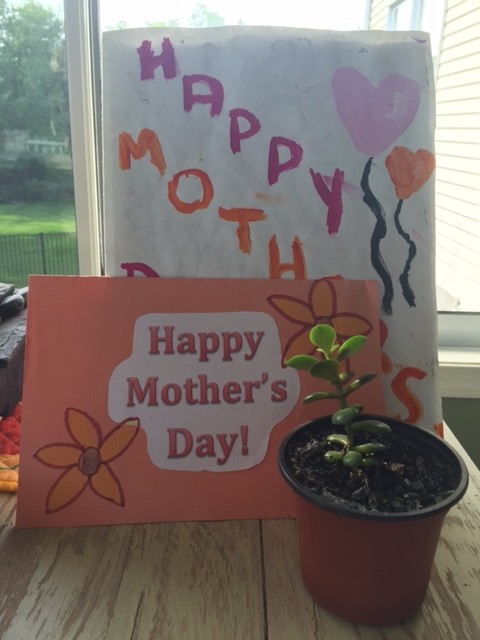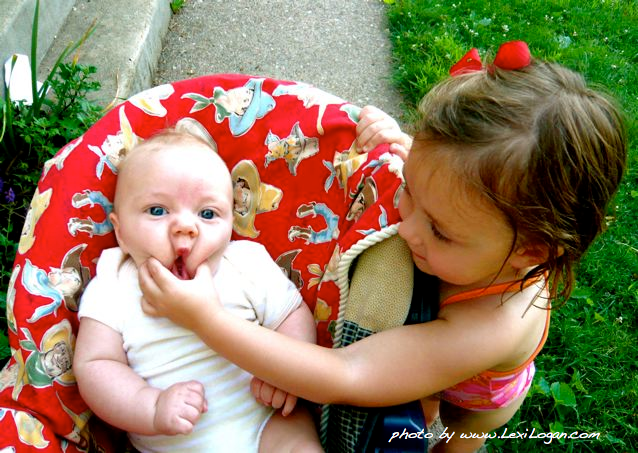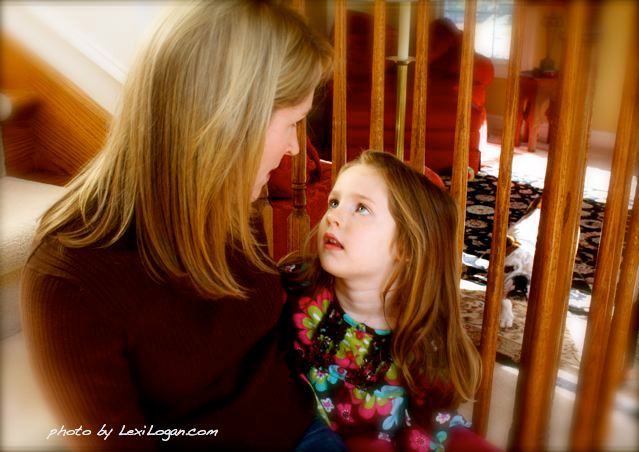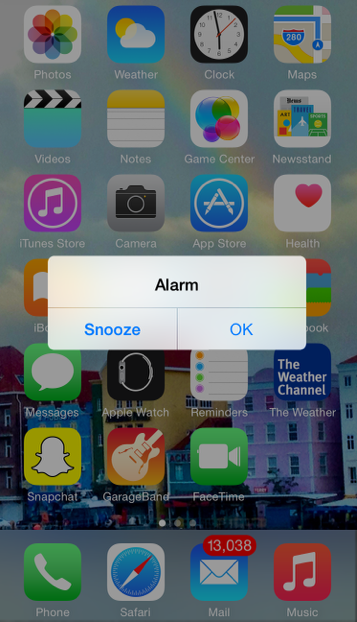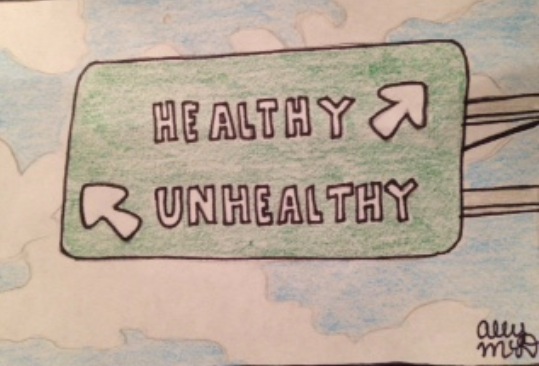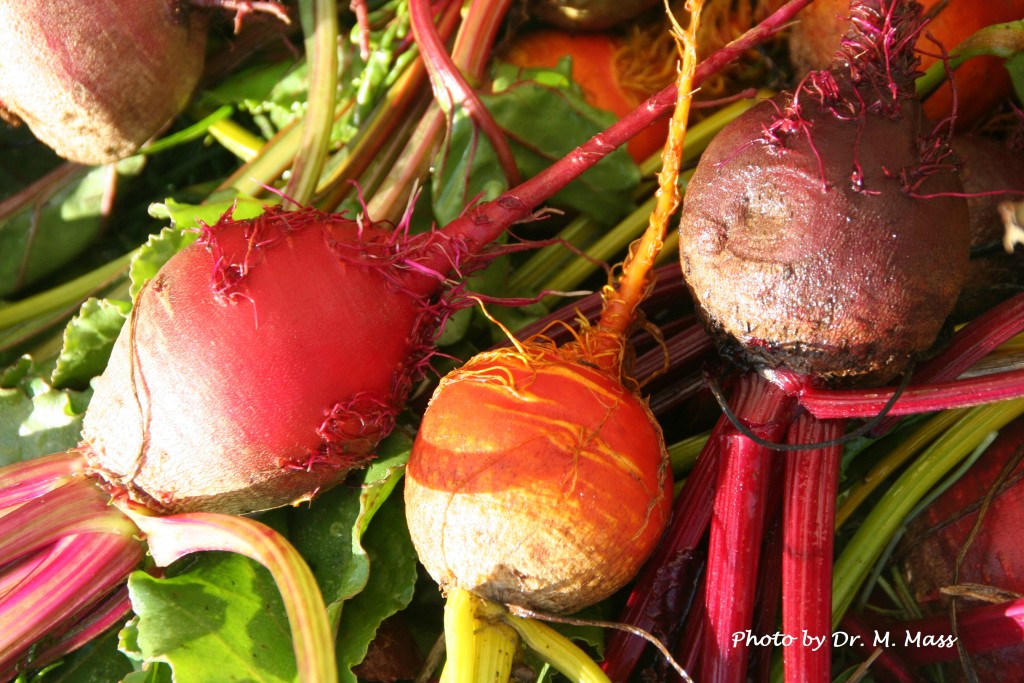 Our favorite pediatrician gardener returns today to jump start our spring gardens….
Our favorite pediatrician gardener returns today to jump start our spring gardens….
How can I get my kids to eat vegetables? I hear this again and again in the office. For kids, nurturing plants fosters a positive association with vegetables and a pride as they see their seedlings grow. Of course they will be more willing to taste them! Parents need easy economical ways to plant vegetables, best met by directly sowing seeds into the well prepared ground.
Seeds are hope in a miniscule package, and we can all use a little hope that winter is truly over. Now is the best time to seek them out in catalogs and garden centers. But look beyond garden centers. I’ve seen them in grocery stores, hardware stores and even boutiques. Which ones to buy? I love growing tomatoes, peppers, and eggplants, but all grow best if you start indoors 6-8 weeks before the last frost in your area and this requires a good bit of pre-planning. Which seeds will most likely germinate and when can you plant them?
First, some basics: Find a spot for your garden which receives at least 6 hours of direct sun and good soil. Prepping your soil could be a semester long class and for 90% of us, good soil is NOT where your grass is currently growing. Starting is easiest in the fall, (see how to start an organic garden with your kids) but it is not too late. Neophytes start small, and seek out resources. Every state has a cooperative extension system run by master gardeners that have seminars and can offer advice. Gardening websites such as www.planetnatural.com and books such as Square Foot Gardening, by Mel Bartholomew and Grow Vegetables: Gardens, Yards, Balconies, Roof Terraces, by Alan Buckingham can help.
Each seed has an optimal sprouting (aka, germination) temperature. Go much below this temp and your seeds will rot. Average temperatures vary slightly year to year, so many gardeners rely on phenology, the science of using nature’s signals to assess when the climate is right for planting. Use other plants in your yard as a guide to when to start planting. Peas should be planted when you see forsythia blooming. Swiss chard, beets, and the other spring veggies mentioned below can be planted whenever leaves appear on lilac bushes.
Peas: Peas are the first things to go into the ground in the spring. If you are short on space, choose a vining variety and grow them up a trellis. (I love the trellis products from Gardener’s Supply Company.) Your kids will love eating sugar snap peas right off the plant. They are a great source of protein (¾ cup supplies more than an egg), and vitamin C (serves as an immune booster, improves skin health, bone health and improves iron absorption).
Swiss Chard: If you must plant one seed this year, let it be chard. Its leaves contain a good amount of vitamin C, calcium and iron. Other greens have more, but chard grows readily from seed, and doesn’t mind the heat, cool weather, drought or rainy periods- excellent for indolent gardeners and beginners alike. Once established, you can pick the outer leaves and it will continue to grow all the way until frost creeps in. One gorgeous variety, Bright Lights, has red, orange and yellow edible stems. You can eat young chard leaves like lettuce, but once mature, it is better cooked. Try chard in place of spinach.
Beets: Beets are chard’s cousin, but with less leaf and more root. Beets are high in fiber and vitamin C. In addition, nutrition research has shown them to contain betaine, a compound with blood pressure regulating, antioxidant and anti-inflammatory properties. It is the same compound that likely gives the eater’s urine a red tinge the following day. You might want to warn your kids that the temporary color change is harmless. Call your physician if it persists. I have tossed beets in paper thin slices in a salad as well as roasted or steamed them. Cooked beet roots have a sweet earthy taste (nothing like those pickled things you find on your supermarket shelves), and are great dressed with olive oil . Beets come in gorgeous colors. Besides the conventional red, there are golden and candy striped varieties. Personally, I like botanical interest’s gourmet blend. You can even use the greens of beets in the same recipes you use chard. But unlike chard, your supply of beet greens will not continually regenerate.
Lettuce and arugula: Eat that salad and vitamin C (boosts immunity, is essential for skin and bone health, and improves iron absorption) , beta carotene (promotes eye health), and fiber (need we state the obvious?) are your benefits. The darker the leaf, the higher the nutritional content. Romaine has 5-10 times more of these vitamins than iceberg. Arugula has 3-4 times more than the romaine. And your friendly garden center or seed catalog has even darker more exotic varieties. Why plant conventional greens when you can have restaurant quality Flashy Butter Gem, Outredgeous, and Merlot lettuces from the Baker Creek Heirloom Seed catalog? Red flecked Freckles romaine is one of my family’s favorites. This year, I found a new red version of arugula, Dragon’s Tongue (Botanical Interests seed company, available in many garden centers) that I can’t wait to add to this year’s salad bowl. Remember the names of the different lettuce while serving your kids. Names make the lettuce much more interesting to the children. Pine Tree Garden Seeds, one of my favorite sources, has great blends of lettuce varieties all in one packet. But beware, lettuce has a limited growing season. After 3 weeks of picking it gets tough and bitter. And when the hot weather hits, it stops growing and produces seeds. We work around this by planting small crops every three weeks for a continuous supply (called successive sowing). Plant the last crop in the shade of another plant (maybe under your pea trellis) to extend it’s season. Buy plenty of lettuce seed, as you can start planting it again in August, after the heat of summer.
Carrots: Most kids love carrots. They are loaded with vitamin A, beta carotene and other antioxidants. But did you know you can grow purple and near black carrots? Cosmic Purple (from High Mowing Organic Seed Company) , and Pusa Asita (Baker Creek) black carrots are dark in color, and likely even higher in those antioxidants. Carrots do best in loose soil, with added sand. The seeds are miniscule. Look for seeds attached to biodegradable tape for easy planting. Try to seed without the tape, and hundreds of tiny carrot plants will emerge simultaneously. You will be stuck painstakingly plucking out plants in order to prevent overcrowding.
Radishes: Most kids don’t love radishes immediately (they have a spicy taste), but they are easy to grow and mature in as little as 3 weeks. So, they are a good veggie to grow for those who need immediate gratification. They will keep the kids’ attention while the rest of the plants are maturing. Tuck 20- 30 seeds away and watch how fast they grow. Eat up- those spicy little radishes contain vitamin C and folate.
Green onions: I was delighted to find these were so easy to grow by seed, because anything in the allium family (think garlic, shallots) repels insects, deer and rabbits. So you get a veggie and a mini fence in one. It is possible that onions also repel changes that cause cancer. They contain high levels of quercetin, a compound suggested in some studies to be associated with lower rates of cancer. They are loaded with antioxidants, and the anti-blood clotting and anti-inflammatory organosulfur compounds.
Cilantro: As an ethnic cook, I can’t live without this stuff, so good thing it has become a weed in my yard. You need one pack of seeds to get this phenomena started. I sprinkle its seeds (which are, incidentally, the spice coriander) at the base of other plants as it can tolerate some shade. If you pick the leaves off the top, the plant will become bushy and loaded with leaves.
Sprinkle 8-10 seeds every three weeks starting at that lilac leafing time, because cilantro, like lettuce, gets old, tough, and goes to seed after a couple of weeks. (let it: those seeds will drop and then you too will have it all over your yard! ) Like onions, it is loaded with quercetin and antioxidants.
So if you have spring fever (who doesn’t?), and want a new way to get your kids to eat more produce, start planting now. Get to a garden center or check out a seed website mentioned above, and let yourself be carried away by the hope that lies within a seed!
Marion Mass MD, FAAP
©2015 Two Peds in a Pod®
In practice for 17 years, Marion Mass MD, FAAP currently works at Jellinek Pediatrics in Doylestown, PA and serves on the Wellness Council of the Central Bucks School District, PA. Produce from her kids’ garden garnishes the plates of many local families as well as the plates of the restaurant Puck. All garden profits benefit Relay for Life. � See her recent interview in Happy Healthy Kids.
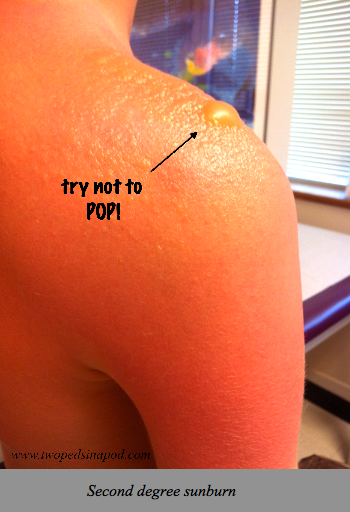 Just in time for Field Day and pool openings, today we provide sunburn protection information.
Just in time for Field Day and pool openings, today we provide sunburn protection information.



